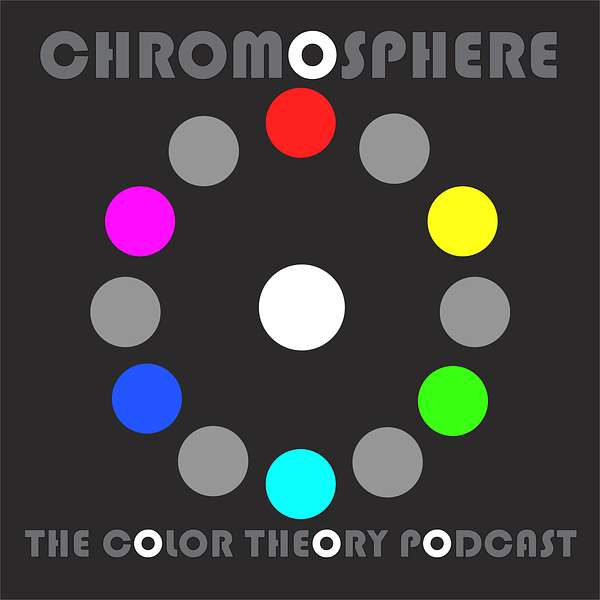
Chromosphere: The Color Theory Podcast
This podcast centers on my research and understanding of color, color usage, and optics as they relate to theories of human color perception in the making of visual art and design. By Ed Charbonneau, an artist (drawing & painting focus), and an adjunct faculty member in the Foundation, Fine Arts, and Creative Entrepreneurship Departments at the Minneapolis College of Art and Design, in Minneapolis, Minnesota, USA. (Content expressed does not reflect the views of the Minneapolis College of Art & Design)
Chromosphere: The Color Theory Podcast
Focal Points and the Roots of Abstraction, part 1
Part one of a reading of an essay I am writing, Focal Points and the Roots of Abstraction.
Human color vision adapts to the changing environment in many ways. Pupils dilate and constrict in order to regulate the amount of light entering the eye. The lens either bunches up or flattens out to change its shape while focusing light wavelengths along the spectral band at different proximities to the retina. Cone cells, and other light sensitive cells, perform plus-or-minus gains in activity to achieve what is known as color constancy, allowing humans to maintain a persistent perception of colors within changing light sources. Adaptations such as these take place at different rates of time, some more quickly than others; some more involuntarily than others, which may relate to how focal points form and dissipate within a visual field. This essay explores how adaptations of the visual system may generate focal points, and how representing light as colors informed the roots of abstraction.